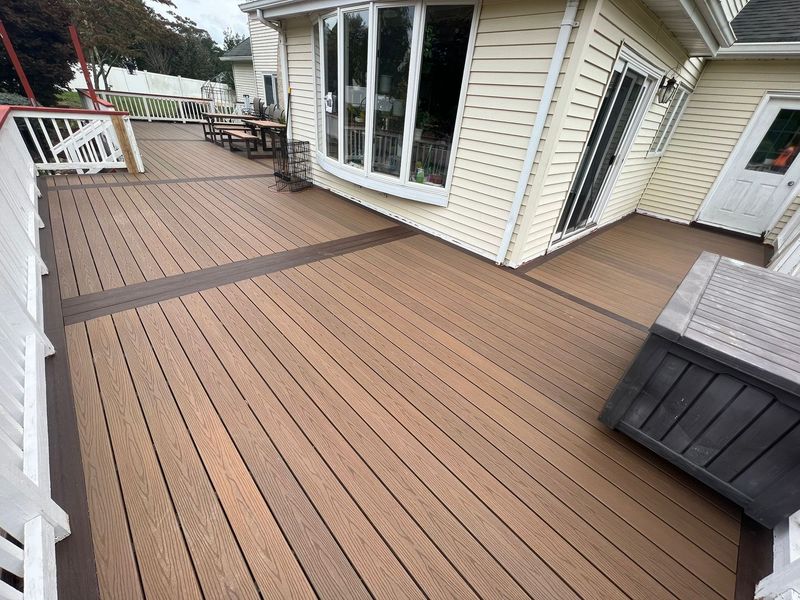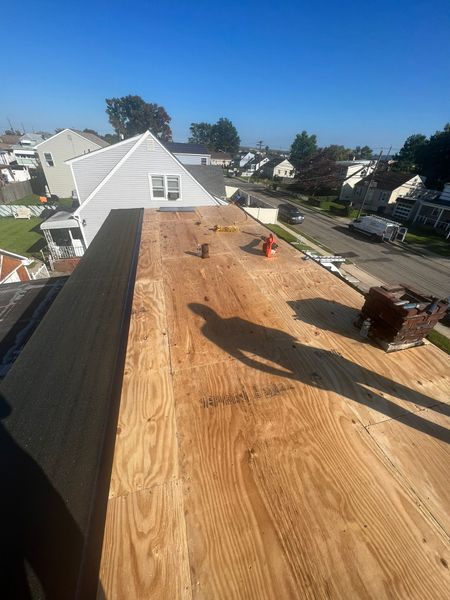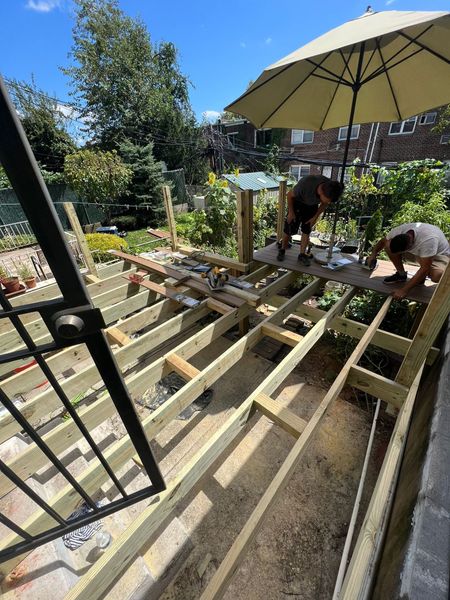Introduction
When it comes to kitchen design, one of the most contentious decisions homeowners face is whether to opt for open shelving or closed cabinets. Each choice has its own set of advantages and disadvantages, making the selection process daunting. In this article, we'll delve into the nuances of both options, helping you decide which suits your lifestyle, aesthetic preferences, and practical needs best.
Open Shelving vs Closed Cabinets — Which Is Right for You?
Open shelving can create a sense of openness and airiness in your kitchen. It allows you to display beautiful dishes, collectibles, or even cookbooks. However, it also means that everything is visible and requires construction companies regular cleaning to maintain a tidy appearance. Closed cabinets provide a traditional look while keeping clutter hidden from view. They can be more practical for storing items that aren't as visually appealing or sanitary.

Ultimately, the decision boils down to personal preference and how you use your kitchen space. In this article, we will explore various aspects of both open shelving and closed cabinets—from aesthetics and functionality to maintenance and cost—so you can make an informed choice.
The Aesthetic Appeal: Open Shelving vs Closed Cabinets
Creating Visual Interest with Open Shelving
Open shelving can transform your kitchen into a vibrant showcase of color and design. Picture this: beautifully arranged dishes in varying hues, glass jars filled with spices, or even an array of potted herbs bringing life to your countertops. This setup invites creativity into your cooking space and allows for personalization that closed cabinets simply can't offer.
Pros of Open Shelving:
- Customizable Display: You can easily change up the decor. Airy Feel: Creates a spacious look. Easy Access: Grab what you need without opening doors.
Cons of Open Shelving:
- Dust Accumulation: Requires frequent cleaning. Visible Clutter: Can appear messy if not organized properly. Limited Storage Options: Not ideal for all kitchen items.
Timeless Elegance with Closed Cabinets
On the flip side, closed cabinets exude a classic appeal that many homeowners adore. They offer a sense of elegance and sophistication while providing ample storage solutions without exposing everything on display.
Pros of Closed Cabinets:
- Concealed Clutter: Keeps everything neat and tidy. Less Maintenance: Less cleaning required compared to open shelves. Variety in Styles & Finishes: Options range from sleek modern designs to rustic wooden looks.
Cons of Closed Cabinets:
- Accessibility Issues: Requires opening doors to access items. Less Personalization: Can't showcase decor as easily. Potentially Darker Space: Can make kitchens feel smaller if not designed thoughtfully.
Functionality: How Do They Stand Up?
Using Open Shelves Effectively
If you're leaning towards open shelving, consider what you'll put on display. Arrange items by color or size for a cohesive look while ensuring frequently used items are within easy reach. Utilize baskets or trays for smaller objects to keep things organized yet stylish.
Maximizing Storage with Closed Cabinets
Closed cabinets can be outfitted with shelves, pull-out drawers, or lazy Susans to maximize storage efficiency. Consider incorporating soft-close mechanisms for ease of use and investing in high-quality hinges that ensure longevity.
Maintenance Matters: What’s Easier?
Cleaning Open Shelves
Cleaning open shelves may seem straightforward; however, dusting them regularly is crucial for maintaining their visual appeal. Use microfiber cloths and gentle cleaners that won’t leave streaks on your dishes or decor.
Caring for Closed Cabinets
Closed cabinets require less frequent cleaning since they shield contents from dust but should still be wiped down periodically to prevent grease buildup from cooking activities.

Cost Comparison: Budgeting Your Choice
Open Shelving Costs
Open shelves tend to be less expensive than full cabinetry setups because they require fewer materials. However, costs roofing contractors will vary based on the type of wood or material you choose as well as installation fees if you hire professionals.
Closed Cabinet Expenses
Closed cabinets generally represent a larger investment due to their complexity in design and installation. Quality materials significantly affect pricing—high-end woods or custom designs will push costs higher but may result in longer-lasting value.
Style Trends: What’s Hot Right Now?
1. Mixing Both Styles
Combining open shelves with closed cabinetry has become increasingly popular among homeowners seeking balance between accessibility and concealment.
2. Natural Materials
Wood finishes are trending strongly in both cabinet styles right now—think reclaimed wood shelving paired with sleek white cabinetry for contrast!
3. Bold Colors
Whether opting for bold cabinet colors or vibrant dishware displayed on shelves, don’t shy away from making statements through your choices!
FAQs
Q1: Can I mix open shelving with closed cabinets?
Absolutely! Mixing both styles creates balance by allowing some items to be displayed while keeping others neatly tucked away.
Q2: Are open shelves suitable for small kitchens?
Yes! They can create an illusion of space but require careful organization to avoid looking cluttered.
Q3: What materials are best for open shelves?

Q4: How do I prevent clutter if I choose open shelving?
Be intentional about what you display; use decorative storage containers when possible!
Q5: Are there any downsides to having closed cabinets?
One downside could be finding items may take longer since they’re hidden away behind doors versus readily accessible on shelves.
Q6: How do I clean my open shelves effectively?
Use microfiber cloths regularly along with non-abrasive cleaners suited specifically for surfaces like wood or glass.
Conclusion
Choosing between "Open Shelving vs Closed Cabinets" ultimately depends on personal style preferences combined with functional needs within your home environment. While each option brings unique advantages—and challenges—it’s essential to weigh factors such as maintenance requirements alongside aesthetic values before making a final decision!
Consider how much time you're willing to spend organizing versus displaying; reflect upon what fits best into your overall home design theme while also considering future resale value if applicable! Whichever route you take—whether embracing openness through airy displays or appreciating tradition via concealed storage—you’ll undoubtedly create an inviting space tailored just right for YOU!